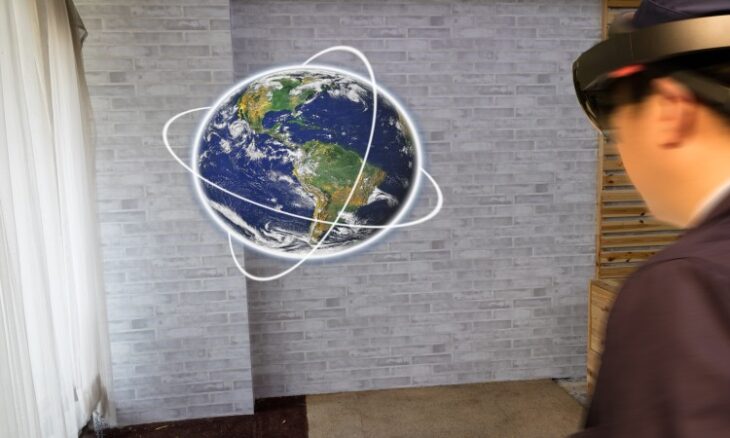NASA Trials Mixed Reality in World’s Largest Flight Simulator
Commercial enterprises and government bodies are steadily turning to immersive and cost-effective alternatives to traditional visual systems in flight simulators. In response to this growing interest, NASA has launched a research initiative aimed at accelerating the adoption of mixed reality technology within pilot training environments.
At the centre of this effort is NASA’s Ames Research Center, located in California’s Silicon Valley. There, researchers recently conducted a series of tests within the world’s largest flight simulator, the Vertical Motion Simulator (VMS), to assess the effectiveness of mixed-reality systems in a high-fidelity setting. The experiment involved twelve pilots and marked the first time such systems were evaluated in this type of environment.
Mixed reality integrates physical components with digitally simulated environments, allowing pilots to see physical instruments and controls while simultaneously viewing virtual surroundings. The potential benefits are significant. By replacing large embedded visual displays with lightweight head-mounted systems, training programmes could be delivered with reduced overheads and within more compact physical spaces. These efficiencies could prove beneficial for commercial airlines, military organisations, and even the emerging sector of air taxi operations.
During the test period, which took place from 23 to 30 May, the participating pilots wore head-mounted displays. These allowed them to view physical flight controls inside the VMS cab alongside a virtual cockpit designed for an electric vertical take-off and landing (eVTOL) aircraft. When they gazed forward, the pilots were presented with a digital recreation of San Francisco and its surrounding landscape.
Pilots carried out three common flight manoeuvres under four different motion conditions. They then provided detailed feedback on their experiences, particularly concerning motion sickness and how accurately the simulation reproduced the real-life sensation of flying. Contrary to expectations, early analysis of the results indicated that pilots experienced relatively low levels of motion sickness. Several of them noted that the blended virtual-physical setup offered a more convincing and seamless experience compared to earlier simulators they had used.
This test also welcomed members of the Federal Aviation Administration’s Civil Aerospace Medical Institute, which focuses on human performance in aviation environments. Their presence enabled additional observation of how pilots interact with mixed reality during flight operations. In parallel, pilots from the National Test Pilot School assessed the effectiveness of the visual environment created by the head-mounted display, paying close attention to the availability and clarity of visual cues essential for flight control.
Although regulatory standards for mixed-reality flight simulation are still in their infancy, the data gathered during these tests may help lay the foundation for broader adoption. With a deeper understanding of how such systems impact pilot performance, regulators could eventually approve the technology for wider use.
NASA intends to publish the findings early next year, sharing insights with both the public and the broader aviation industry. Under the auspices of the Aviation Systems Division of the Ames Research Centre, he conducted groundbreaking testing, marking a pivotal moment in the pursuit of more accessible and realistic pilot training methods. The outcomes of this pioneering study could shape the development of future flight simulators used in both aviation and space missions.










